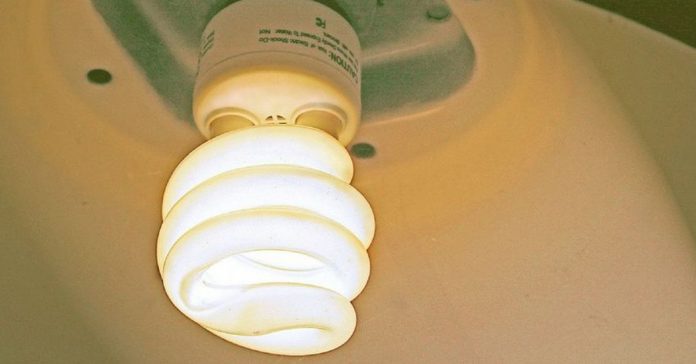Recently there has been a big push towards saving the environment in every way we can.
From banning plastic straws to encouraging everyone to take shorter showers, we are all becoming more and more aware of the dangers of climate change.
And while this overall push towards more environmentally friendly habits is overall positive, there is an unknown enemy lurking in our homes: the compact fluorescent lamps, or CFLs.
For most customers, CFLs are really a no-brainer. However, recent research has shown that increased exposure to the environmentally healthy lightbulbs may actually be dangerous for our health.
If like me you’ve taken the issue of environmental protection and global warming to heart, you’ll definitely be surprised to hear this.
But if you have been suffering from skin conditions or a migraine and you don’t know where exactly those have come from, it may very well be caused by the energy saving light bulbs.
Several scientific studies have been produced on the topic and while they’re not definitive, some of their findings shed a lot of light on the production and effect of CFLs.

According to a team of German scientists, CFLs emit carcinogenic substances such as styrene, phenol, and naphthalene, all of which have been linked to increased cancer risks.
Another study from Israel has linked the exposure to CFLs to an increasing rate of positive breast cancer rates.
Both those studies will need more work to be able to definitively prove a link between the two.
However, just the thought that those light bulbs – that most of us have started automatically reaching for in the supermarket – might be dangerous for our health is really a cause for concern.
Not all hope is lost, though.
A research team from Stony Brook University in New York explored the effects of the UV rays from CFLs.
They concluded that exposure to the light of those bulbs over 20 years is the equivalent of spending 20 minutes in the September sun.
In other words, the UV rays aren’t as strong as they’re commonly thought to be.

Scientists have also pointed out that the level of mercury in those lightbulbs is laughably low – about the same as the mercury you’d find in 30 tins of tuna.
There are other arguments against CFLs though that are gaining more and more traction.
For example, if you look at where they’re produced, you’ll notice that CFLs are commonly manufactured in countries with less than strict environmental control.
Therefore, it’s quite possible that their production affects the environment more than it saves it.
It’s kind of the same thing about using e-readers – sure, you might be saving some trees, but the resources that go into mass producing them affect nature at large.

There’s no definitive answer to the question as to whether you should use CFLs or not. The scientific jury is still out on that and more research needs to be done.
However, information is key and it helps everyone make the right decision for their family.
Make sure to share this article with your friends and help them stay aware of the effects CFLs can have on your health.
SEE ALSO:
9 Hidden Symptoms Of Pancreatic Cancer Everyone Should Know About
























